In the pursuit of pixels, some users still follow the crowd. Regardless of whether they are SLRs, mobile phones, televisions, monitors, the resolution of the screen has become the focus of people. The 8 million pixels of Apple’s video camera, which has remained unchanged for years, tells people that taking pictures with a mobile phone is not as high as the pixels, although Apple has increased to 12 million pixels. Nowadays, consumers are becoming more and more rational. When Sony Dafa released a 4K screen mobile phone, most people feel that they have eggs apart from Sony's support. Even the domestic mobile phone out of 2K screen will be said to be sick, too expensive. Is TV 4K really in demand for most people?
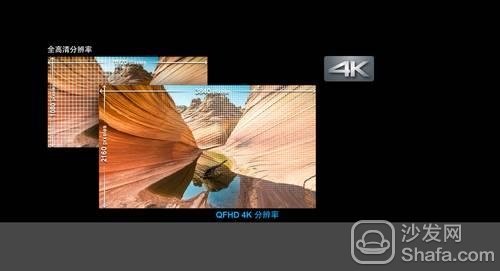
Manufacturers are always oriented to user needs? In actual fact, every product needs a bright spot to attract consumers. Does 4K TV have any meaning? When 4K becomes popular, the price of low-resolution TV products will be correspondingly depressed, so 4K TV makes sense.
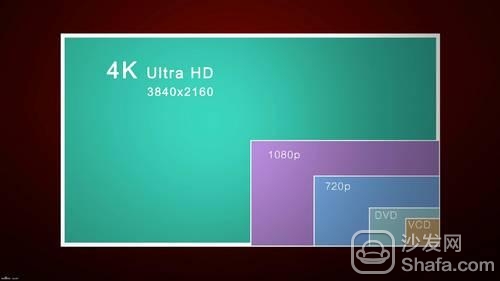
Domestically, it is a market where the sense of purchase is not mature. The public awareness makes the advertisement effect become very obvious. No matter which industry, it will appear with its meditation research and development products, it is better to carry out marketing promotion and propaganda guidance for new products. High resolution is only the product's characteristics, but it is the main selling point of the display products in the Chinese market. Major manufacturers have spared no effort to conduct this kind of brainless advertising bombing.
Although 4K can bring us a better visual experience, the product should still be updated within a certain range. This range can be calculated, when Jobs said in his iPhone 4 release: “The limit of the pixels that the human eye can detect in 12 seconds is 300ppi.â€
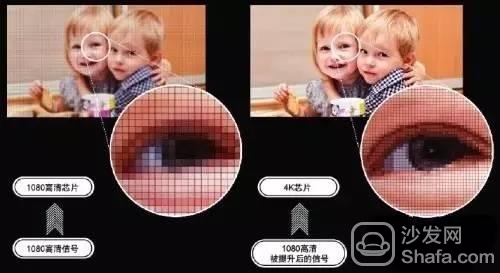
So apart from ppi, we have more specific, targeted and perceptual methods of judging. Generally we treat different products according to viewing distance, screen size, display resolution, even brightness, contrast, color depth, etc., like 14 inches. The laptop 1080P is enough. In the case of the retina Macbook Pro, the screen is certainly clear, and the OS X adaptation is also perfect, but when you browse the web, the site's tab icon becomes very blurry, and when you enter a website that is not well-adapted, the picture is also It becomes pixelated and does not have the effect of a retina screen. Therefore, the higher the resolution is, the better the experience is. The same is true for TV. Without a 4K source, the viewing experience will not improve. If you choose a low-resolution TV, you can save a lot of money when you buy a TV. Of course, the TV has a long life cycle. It is not an exaggeration to choose 4K. Here's a list of cheaper and higher-priced 1080P resolution TVs.
Haier Card (MOOKA) 50A6

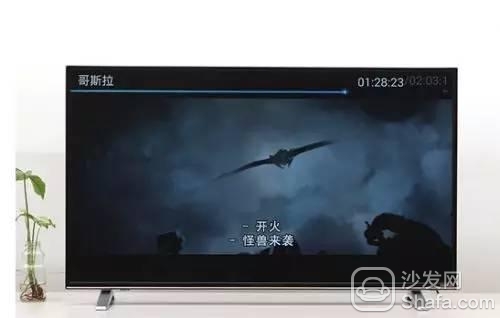
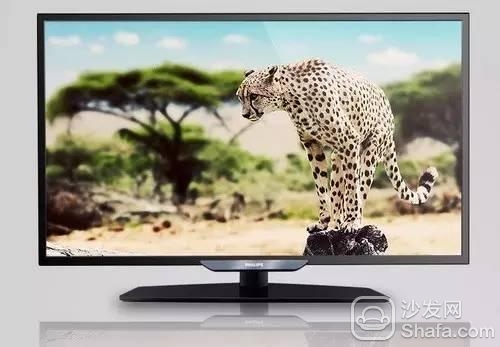
Energy efficiency rating: three energy efficiency
Screen size: 50 inches
Backlight: OLED
Supported formats: 1080p
Horizontal viewing angle (degrees): 160-180 degrees
Smart: Non-Smart TV

Manufacturers are always oriented to user needs? In actual fact, every product needs a bright spot to attract consumers. Does 4K TV have any meaning? When 4K becomes popular, the price of low-resolution TV products will be correspondingly depressed, so 4K TV makes sense.

Domestically, it is a market where the sense of purchase is not mature. The public awareness makes the advertisement effect become very obvious. No matter which industry, it will appear with its meditation research and development products, it is better to carry out marketing promotion and propaganda guidance for new products. High resolution is only the product's characteristics, but it is the main selling point of the display products in the Chinese market. Major manufacturers have spared no effort to conduct this kind of brainless advertising bombing.
Although 4K can bring us a better visual experience, the product should still be updated within a certain range. This range can be calculated, when Jobs said in his iPhone 4 release: “The limit of the pixels that the human eye can detect in 12 seconds is 300ppi.â€

So apart from ppi, we have more specific, targeted and perceptual methods of judging. Generally we treat different products according to viewing distance, screen size, display resolution, even brightness, contrast, color depth, etc., like 14 inches. The laptop 1080P is enough. In the case of the retina Macbook Pro, the screen is certainly clear, and the OS X adaptation is also perfect, but when you browse the web, the site's tab icon becomes very blurry, and when you enter a website that is not well-adapted, the picture is also It becomes pixelated and does not have the effect of a retina screen. Therefore, the higher the resolution is, the better the experience is. The same is true for TV. Without a 4K source, the viewing experience will not improve. If you choose a low-resolution TV, you can save a lot of money when you buy a TV. Of course, the TV has a long life cycle. It is not an exaggeration to choose 4K. Here's a list of cheaper and higher-priced 1080P resolution TVs.
Haier Card (MOOKA) 50A6

Energy efficiency rating: two energy efficiency
Screen size: 50 inches
Screen category: soft screen
3D display: not supported
Brightness: 400 lumens or less
Screen ratio: 16:9
Brushing rate: 60HZ
Backlight: Direct LED
Scanning method: progressive scan
Supported formats: 1080p
Horizontal viewing angle (degrees): 160-180 degrees
Coocaa K50J
Screen size: 50 inches
Screen category: soft screen
3D display: not supported
Brightness: 400 lumens or less
Screen ratio: 16:9
Brushing rate: 60HZ
Backlight: Direct LED
Scanning method: progressive scan
Supported formats: 1080p
Horizontal viewing angle (degrees): 160-180 degrees
Coocaa K50J

Energy efficiency rating: three energy efficiency
Screen size: 50 inches
3D display: not supported
Brightness: 600 cd/m2
Screen ratio: 16:9
Brushing rate: 60HZ
Backlight: Direct LED
Scanning method: progressive scan
Supported formats: 1080p
Horizontal viewing angle (degrees): 160-180 degrees
Philips (PHILIPS) 50PFF3655/T3
Screen size: 50 inches
3D display: not supported
Brightness: 600 cd/m2
Screen ratio: 16:9
Brushing rate: 60HZ
Backlight: Direct LED
Scanning method: progressive scan
Supported formats: 1080p
Horizontal viewing angle (degrees): 160-180 degrees
Philips (PHILIPS) 50PFF3655/T3

Energy efficiency rating: three energy efficiency
Screen size: 50 inches
Backlight: OLED
Supported formats: 1080p
Horizontal viewing angle (degrees): 160-180 degrees
Smart: Non-Smart TV
Vertical Dip Centronic Connector
Vertical Dip Centronic Connector.
Current Rating:5A
Dielectric Withstanding Voltage:1000V for one minute
Insulation Resistance:1000MΩ Min.(at 500V DC)
Contact Resistance:35mΩ Max.
Temperature:-55°C to +105°C
Vertical Dip Centronic Connector
ShenZhen Antenk Electronics Co,Ltd , https://www.antenksocket.com